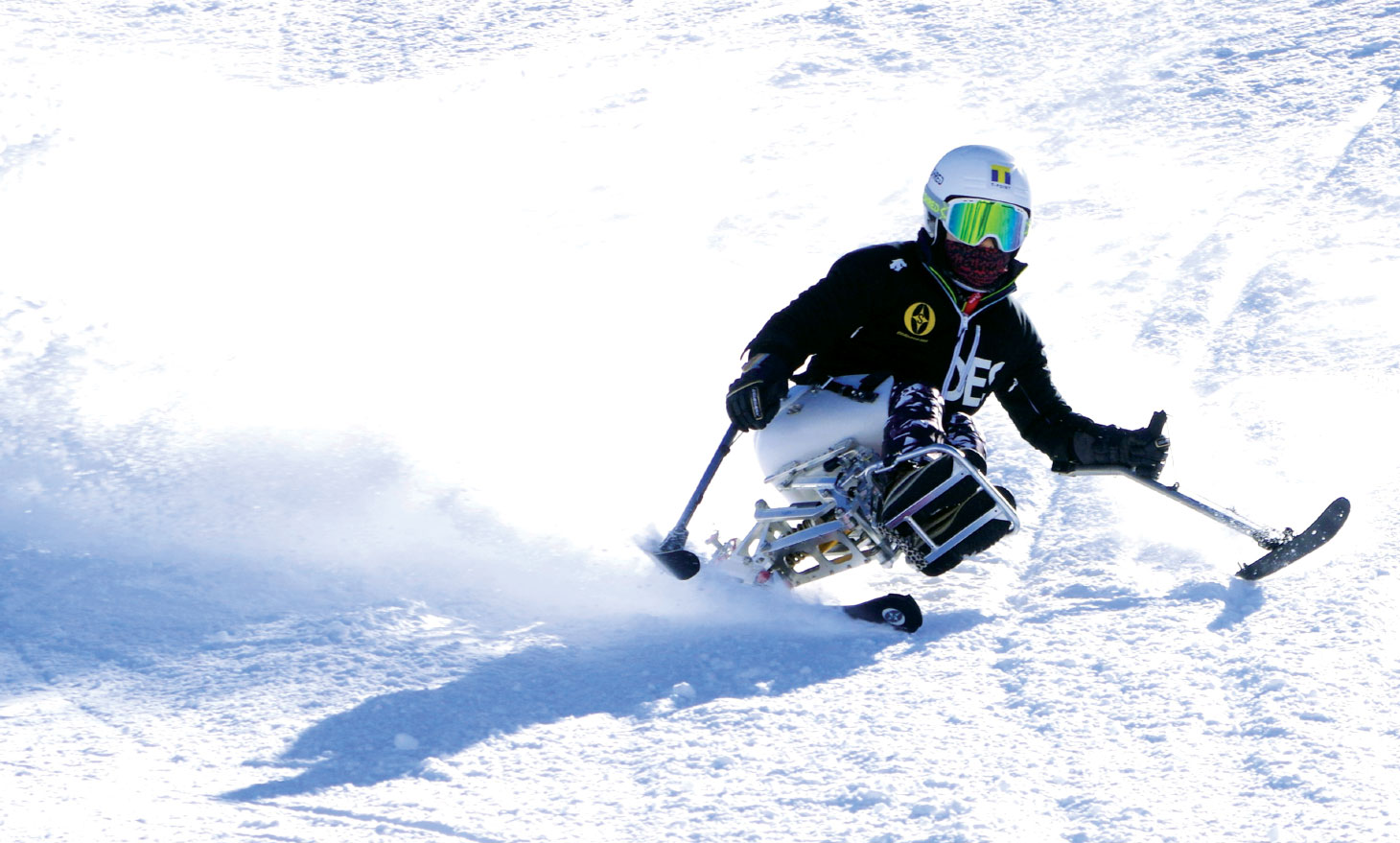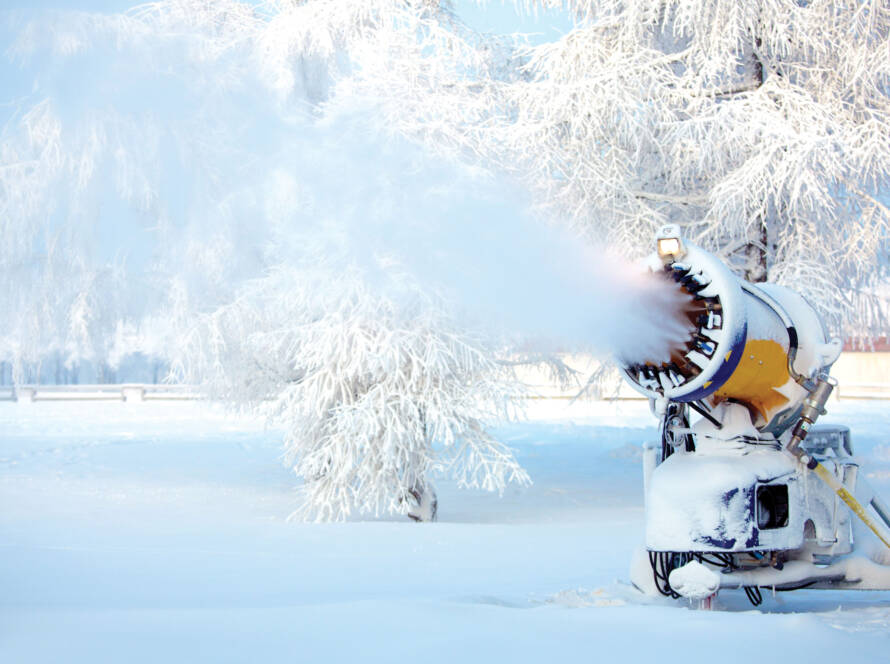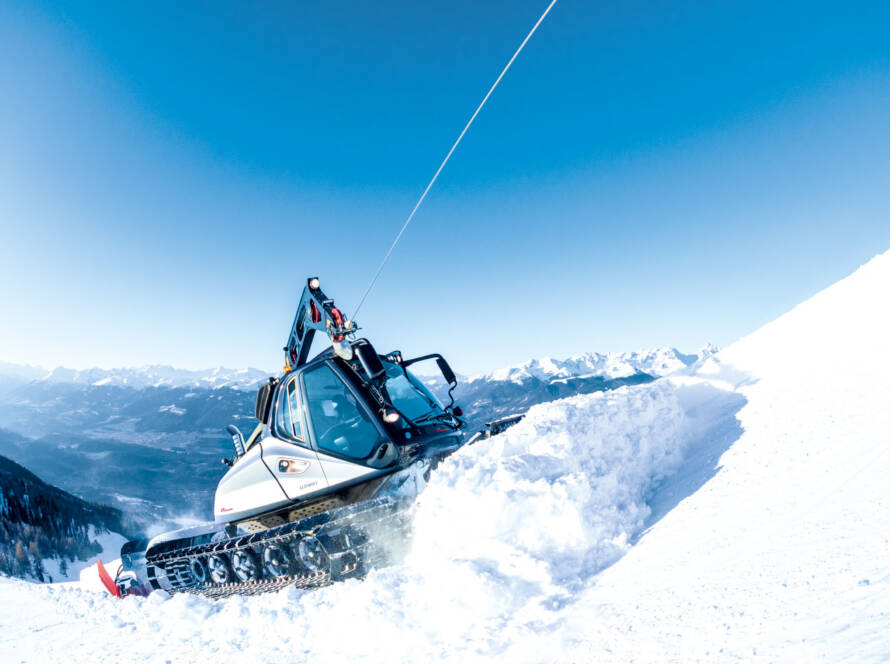“In general, when you’re marketing, you’re marketing to your existing customer base and we see that skiing is generational, so if you’re marketing to the same people over and over and they’re bringing in their families, you’re going to get more of a homogenous type of guest in terms of different layers of diversity,” said Adrienne Saia Isaac, director of marketing and communications for NSAA.
However, that homogenous type of guest, mirrored in the archetypal ski area employee the survey uncovered, is also disappearing. NSAA’s own data shows that while 87.5 percent of skiers and snowboarders are white, ski area visits by baby boomers (ages 57-75) have gone down as that population has aged, even though visits from those 55 and older have been growing overall.
Meanwhile, visits from millennials (ages 25-40) have decreased significantly since 2006/07 even though their visits have increased slightly over the past two seasons. Finally, while Gen Z (ages 24 and younger) made up the highest share of skier visits in 2020/21 at 34.7 percent, they also make up the highest share of the U.S. population and a lower percentage of visitors than millennials at that age.
Patterson Price says most people know what the right thing to do is in those seemingly awkward situations, if they really look at their own values.
“Part of it is that we’re not attracting a diverse workforce because people who ski and ride see themselves in the employees. It’s not just the marketing. You want to see people who mirror you, whether that’s someone from the LGBTQ community or someone with the same ethnic or religious background,” said Isaac.
“These are things that are critical to not just diversifying the customer base, but diversifying our workforce and making sure that people who want to work in skiing feel welcome to do so.”
So, how does a workforce become more diverse? It’s a question that not just the ski industry, but a lot of other industries have been grappling with over the last few years; and answering it starts with making a top-down commitment that diversity, equity and inclusion (DE&I) will permeate every aspect of an organization – from human resources and hiring practices, to customer service, the physical infrastructure and the overall environment – everything must have DE&I at its core.
“Equity, diversity and inclusion is not policy, it’s ethos,” said Damaris Patterson Price, principal of Working River Leadership Consulting, a DE&I strategist who created the NSAA’s 2021 Employee Engagement and Inclusion Survey. “If you’re doing DE&I training just to check a box, just to say you’ve done it, don’t bother. You’re better off doing nothing at all than doing DE&I disingenuously.”
This is because if an organization is truly, genuinely invested in this work, it’s never truly done. DE&I is a journey – a continuously unfolding conversation – an ongoing effort, and organizations should always be striving to do better. So practically speaking, what kind training does it take?
“It takes addressing the big and the little things – all at once,” said Patterson Price. “You want your whole team to get into a big seminar room for some unconscious bias training? Sure, that’s part of it, but there’s also what managers say (or don’t say) in their one-on-one conversations with a variety of different kinds of employees. It’s about peer-to-peer relationships, interactions with customers, and also about slowing down enough to raise your own self-awareness – to do your own inventory of your beliefs and attitudes. Why? Because action follows thought; behavior follows belief. Yes, [DE&I] is about the big demonstrative enterprise efforts, but it’s also the little things and what you do (or don’t do) when no one is looking,”
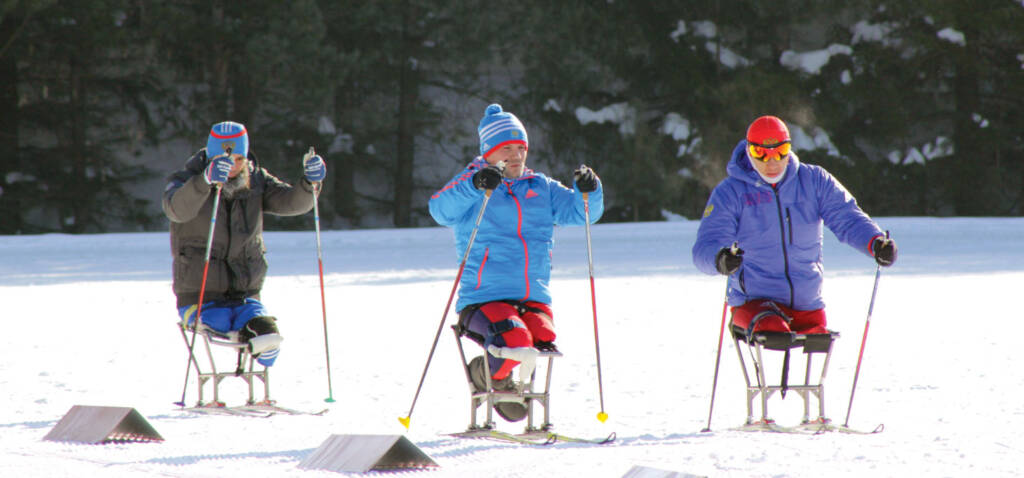
However, even Isaac admits that navigating what to do in the moment can be difficult, especially if you’re white. “You kind of market to people who look like you, and I think there’s also a fear of missteps when it comes to marketing to a more diverse audience because you need to do so in a way that’s authentic and doesn’t tokenize people, and that can be a scary endeavor for some folks,” she said.
Here’s a tricky question: How does an organization address customers who say bigoted things or are abusive to staff?
Patterson Price said, “Well, what would you do if a customer walked into your rental shop and started destroying your skis and snowboards? You’d move to protect your inventory from the threat because you value it and it’s worth protecting. An abusive customer is a threat to your people and your inclusive workplace. Your people and your culture are valuable and worth protecting.”
Patterson Price says most people know what the right thing to do is in those seemingly awkward situations, if they really look at their own values.
“The key to being diverse, equitable and inclusive is holding that mission as a value of your organization across the board – a mission that’s core to who you are and who your team is, in everything you do,” said Patterson Price.
As a ski area populates with more diverse personnel and the organization shapes to be more welcoming to different groups of people than the traditional set – whether that’s by making the organization more accessible to people with disabilities or just by creating a safe space that’s welcoming to all – there’s bound to be mistakes along the way.
“Diversity, equity and inclusion anywhere isn’t a sprint, it’s a journey with no finish line, so you’re bound to take a few steps back while you’re trying to move forward,” said Patterson Price.
“When mistakes happen in violation of your inclusive ethos of your organization, it’s important to own up to them right away, thank the person who brought the issue to your attention, promise you’ll do better and fix it fully and completely. These are important teachable moments, so you don’t want to necessarily hide them. They are opportunities to demonstrate who you are as an enterprise.”
While the demographics of the ski industry do not currently reflect the demographics of the U.S. population, NSAA’s data showed that over 30 percent of the 2020/21 season’s beginner or first-time cohort was non-white, which suggests an opportunity to attract and retain a more diverse customer base.
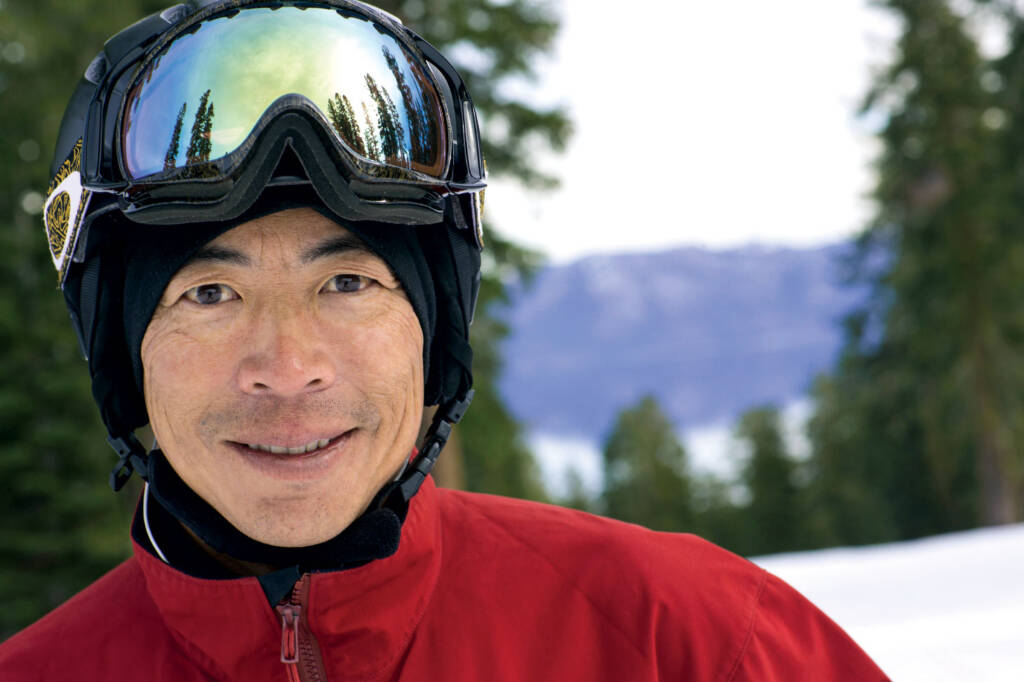
Add to that, of the 337 NSAA members with 462 ski areas in operation, 179 offer adaptive ski programs for people with disabilities and 118 ski areas offer adaptive rentals. Plus, several non-profit organizations that support different minorities, including those with disabilities, use NSAA member ski areas for their programs.
“I want to reiterate that growing and diversifying snowsports could not be achieved without the dedicated work of non-profit organizations across the nation: Share Winter, the National Brotherhood of Skiers, SOS Outreach, Youth Enrichment Services, the CHILL Foundation, and other school and state passport programs. I have to shout them out, because they are all doing great work for snowsports,” said Isaac.
So when it comes to DE&I in the ski industry, it is happening, and with many positive places on which to build and expand.
“What’s the old saying? ‘When you know better, you do better,’” said Patterson Price. “I find that most of the ski areas I’ve worked with are in this for the long haul. They recognize that diversity, equity and inclusion is important to surviving and thriving – so they take it seriously and recognize that doing better in that area is never a quick fix. But it’s important work worth doing.”

